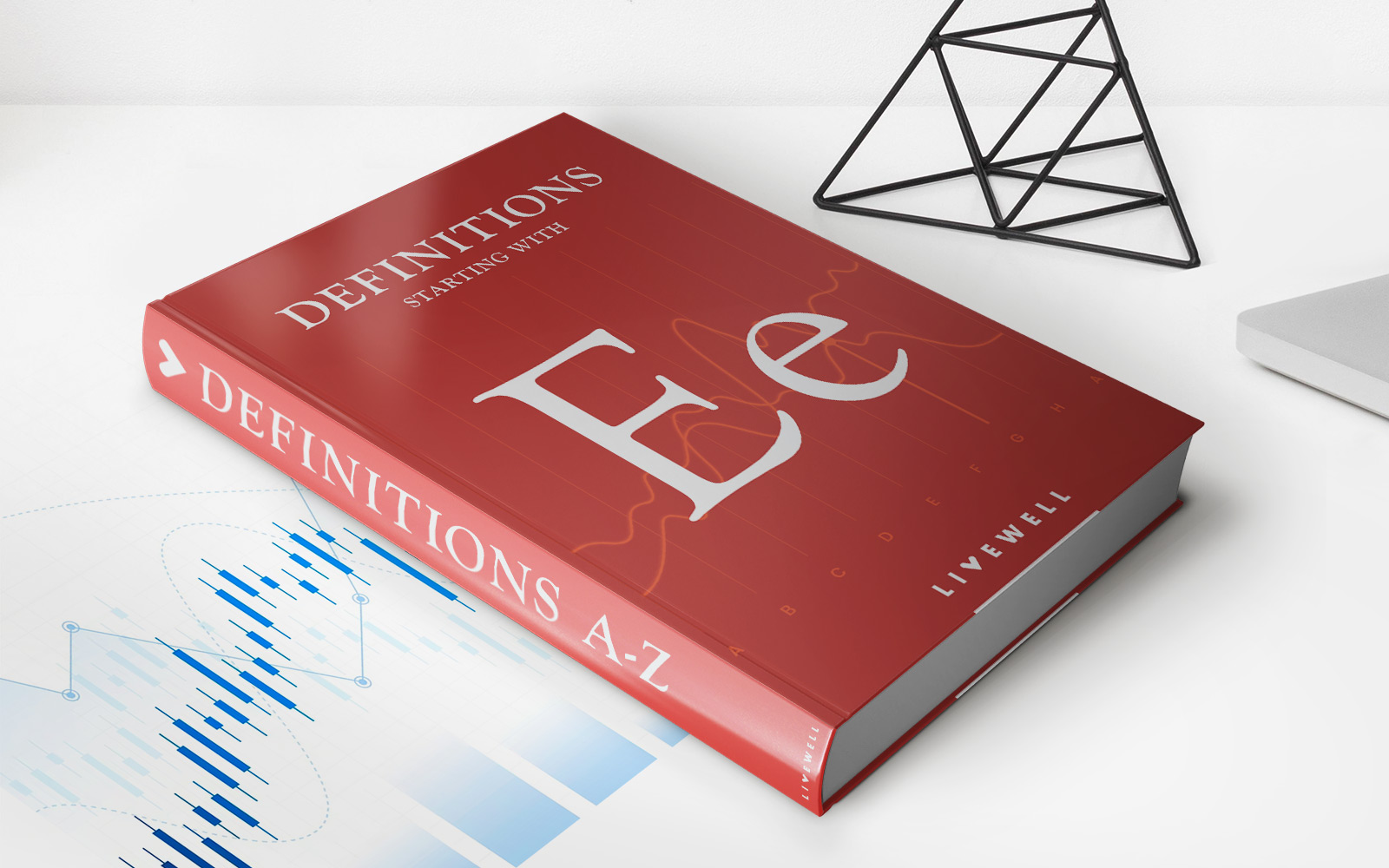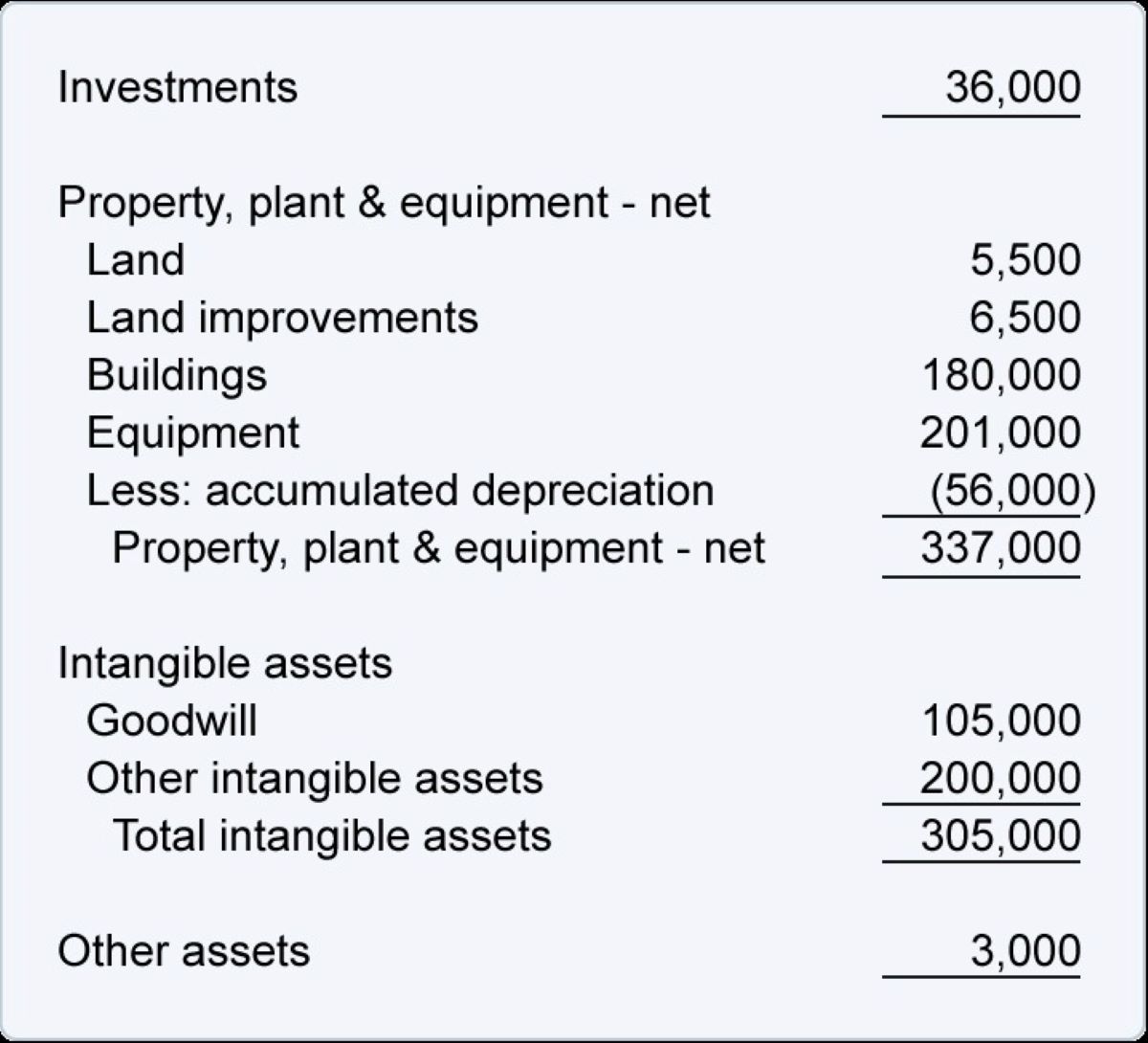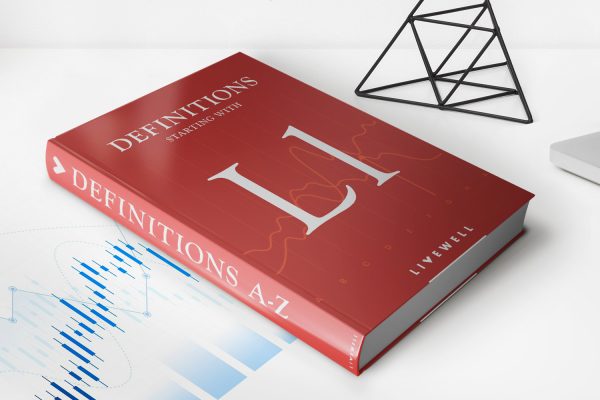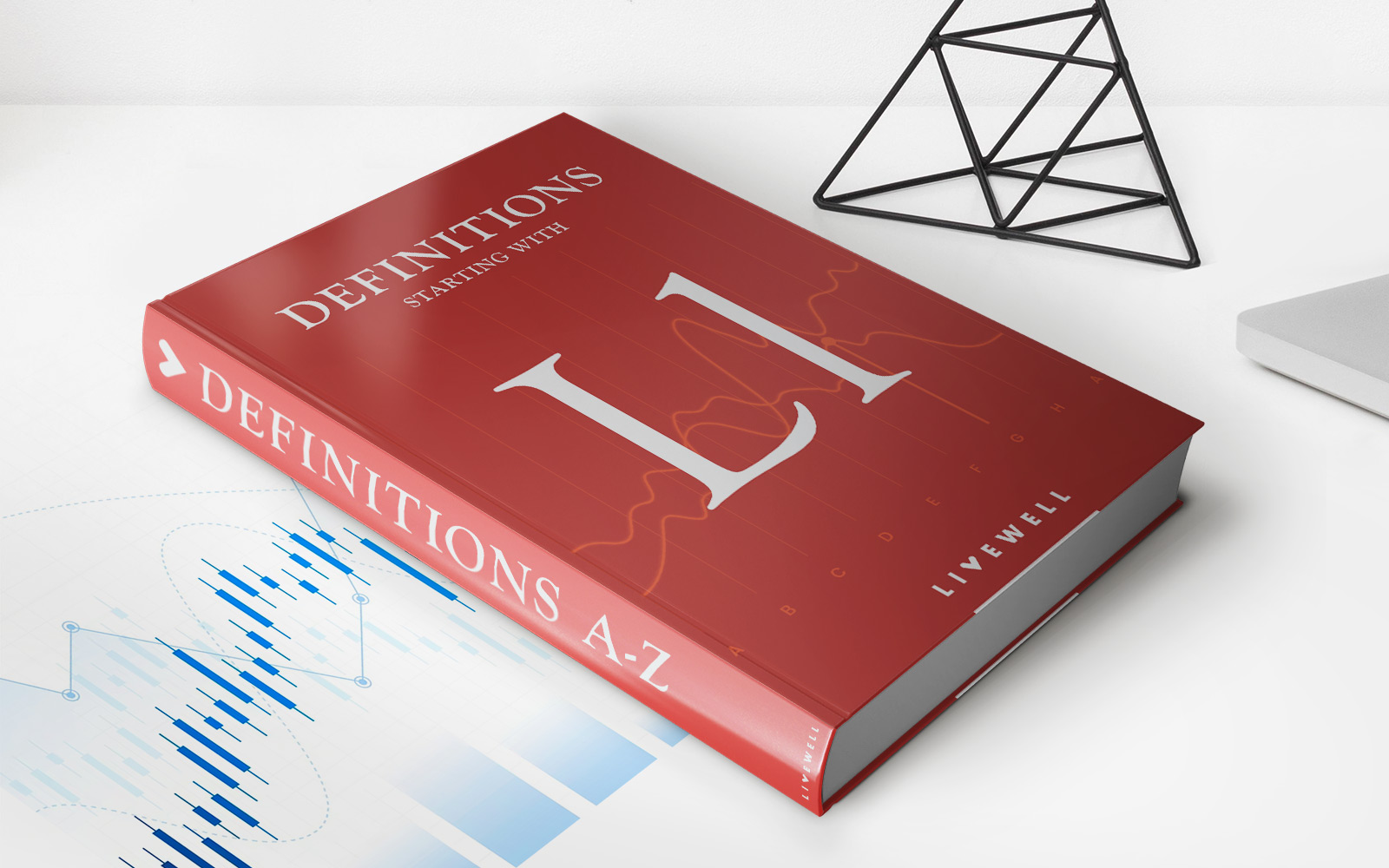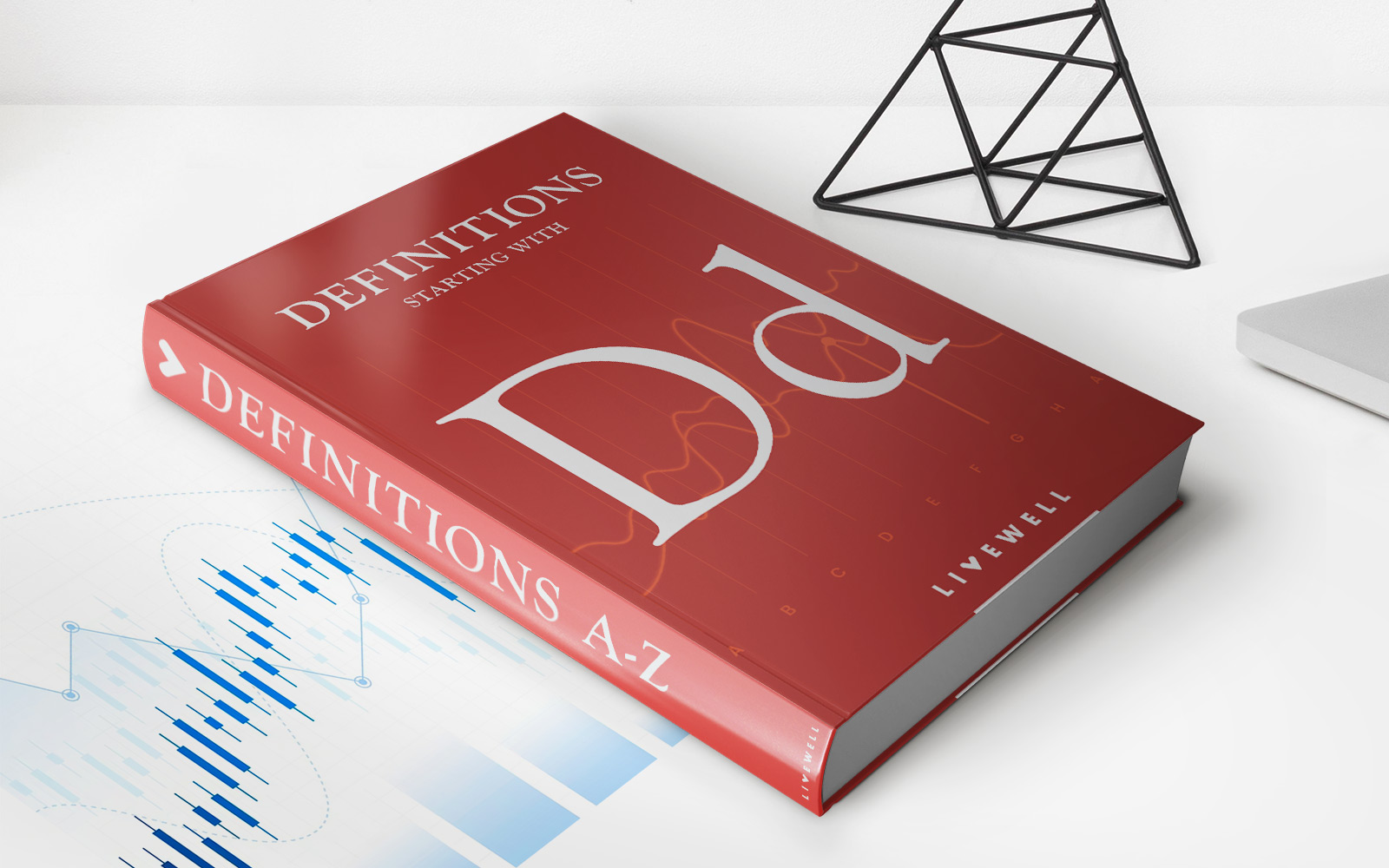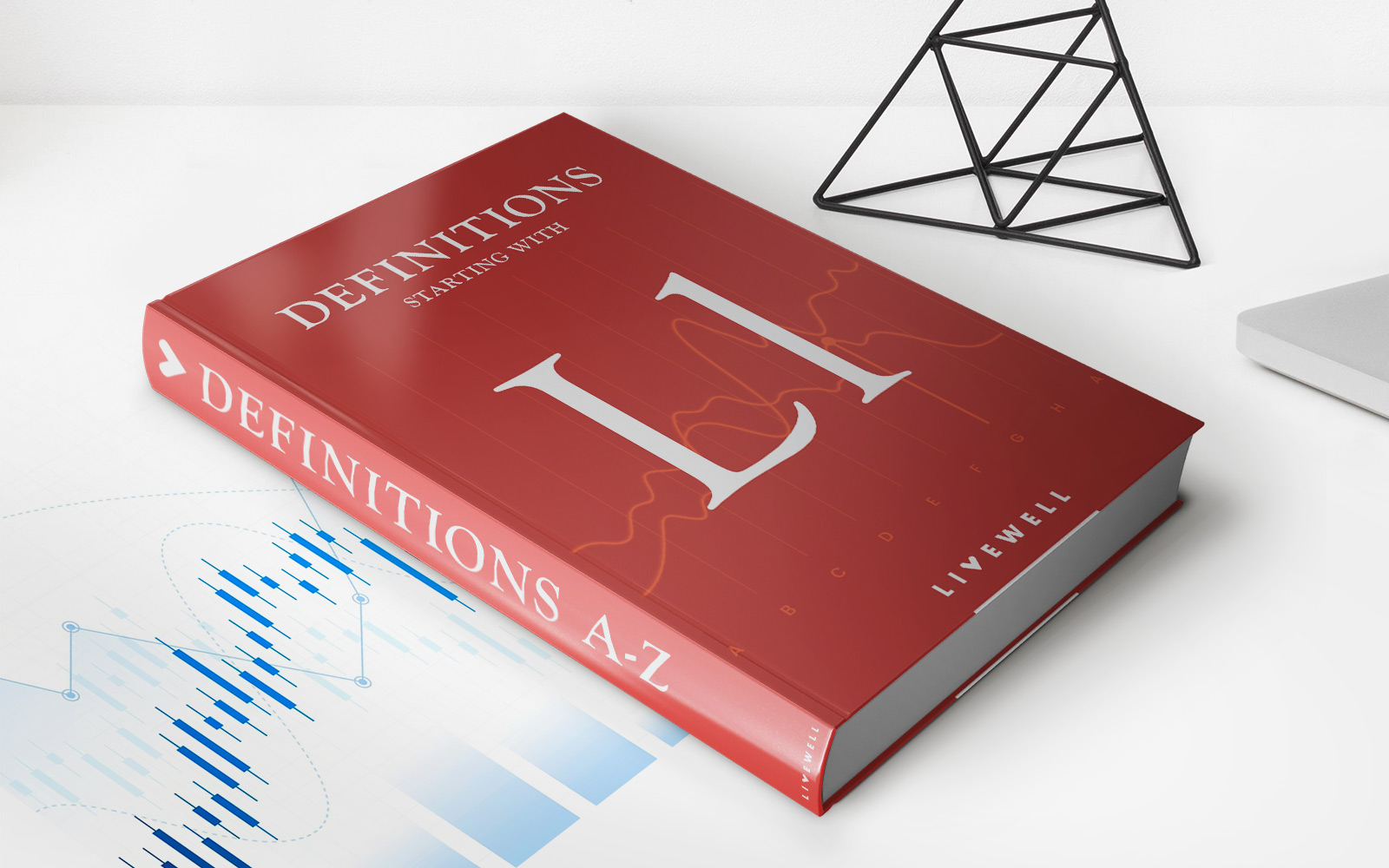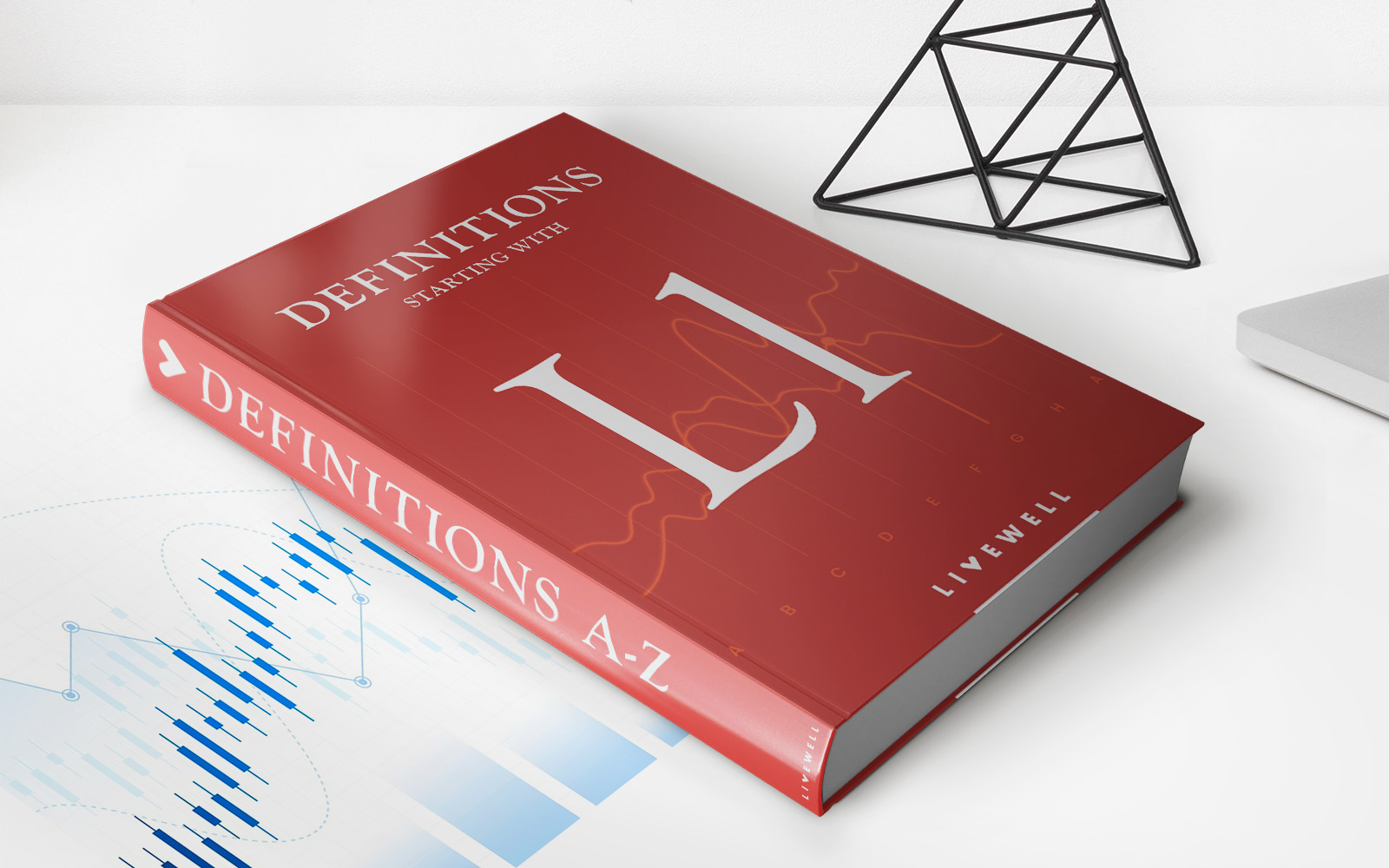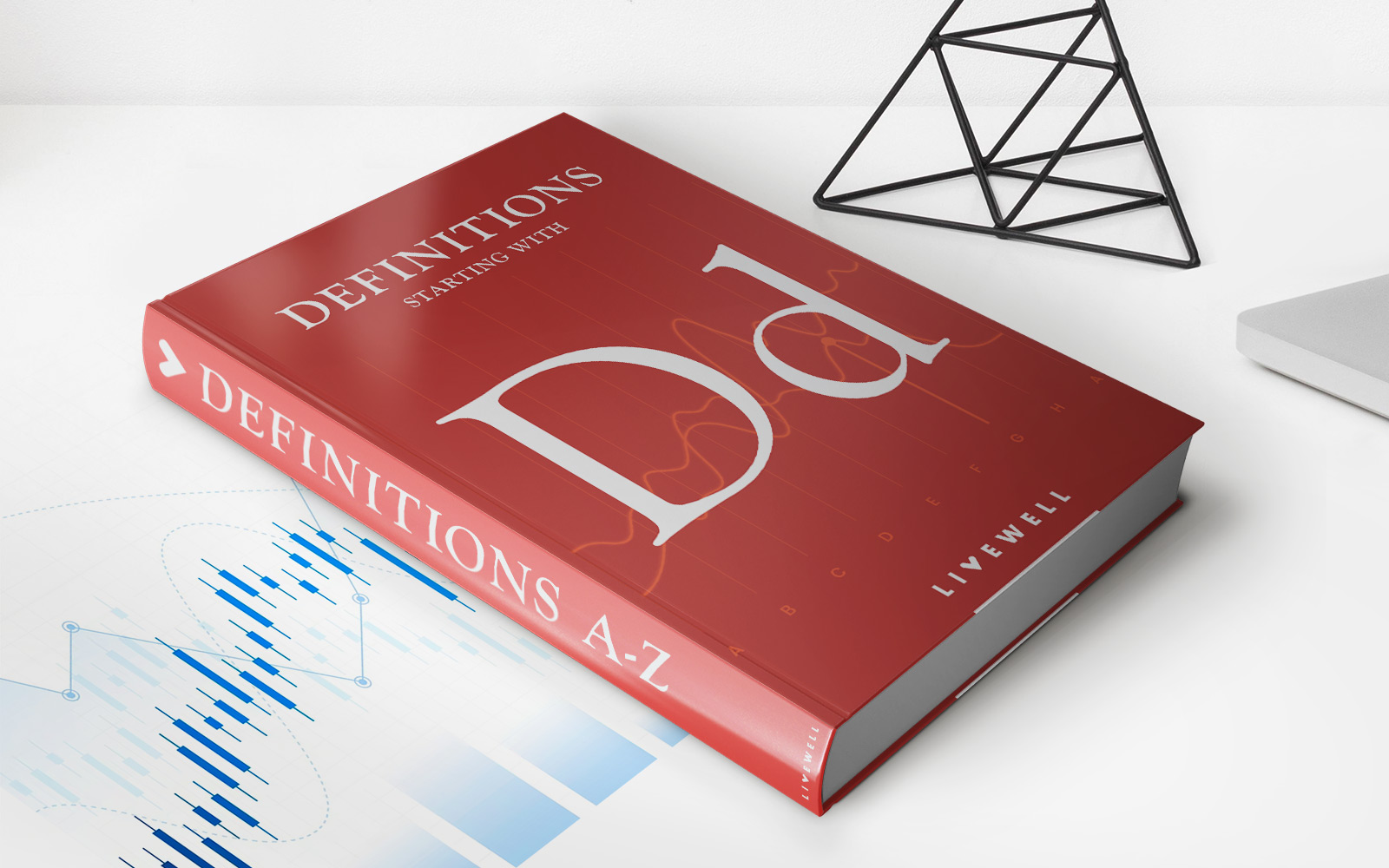Home>Finance>Long-Term Assets: Definition, Depreciation, Examples
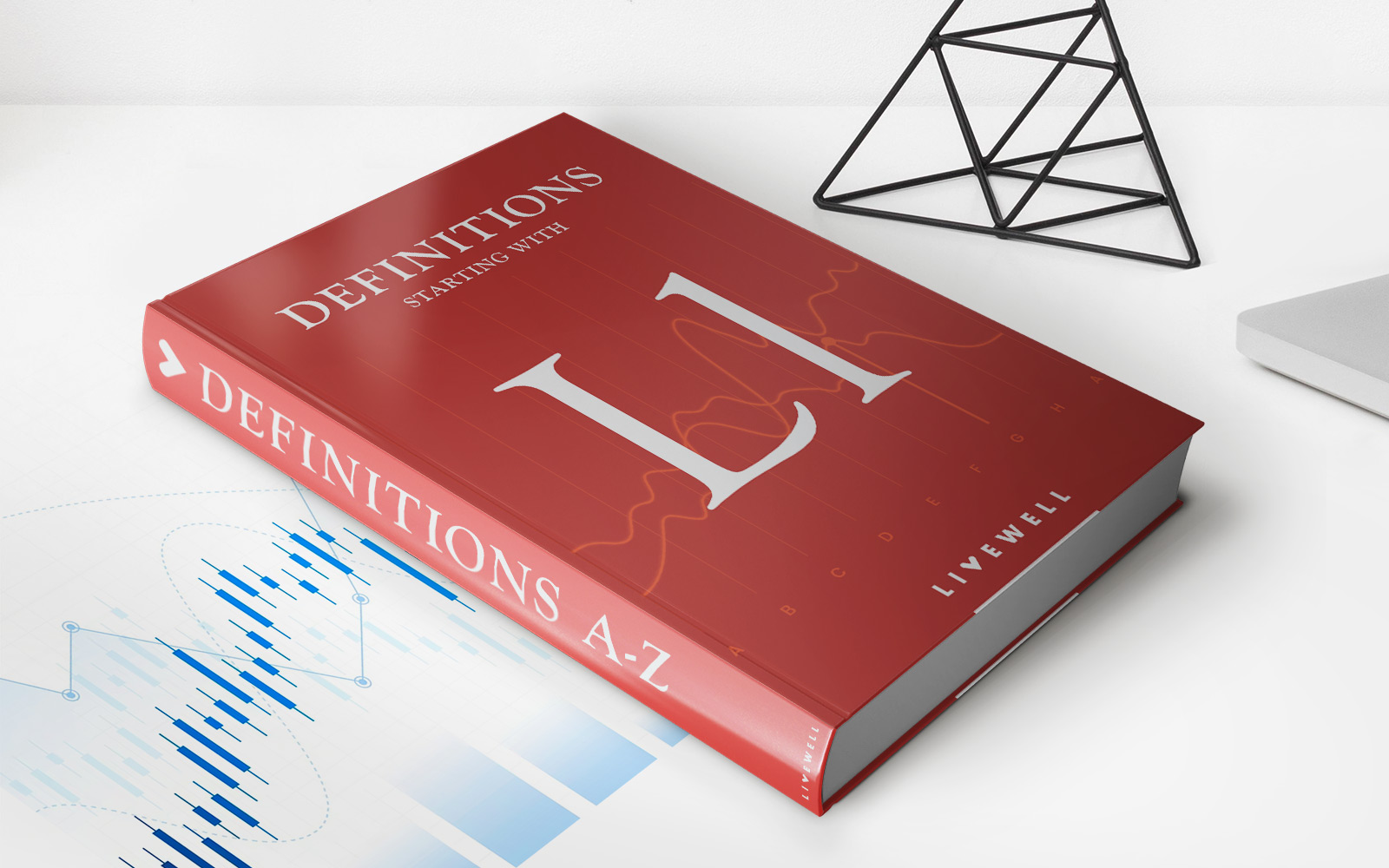

Finance
Long-Term Assets: Definition, Depreciation, Examples
Published: December 20, 2023
Learn about long-term assets in finance, including their definition, depreciation methods, and real-life examples. Enhance your financial knowledge today!
(Many of the links in this article redirect to a specific reviewed product. Your purchase of these products through affiliate links helps to generate commission for LiveWell, at no extra cost. Learn more)
Understanding Long-Term Assets: Definition, Depreciation, Examples
Finance can be an intimidating subject. From stocks and bonds to balance sheets and income statements, there’s a lot to learn. But don’t worry, we’re here to break it down for you. In this installment of our Finance category, we are going to dive into long-term assets.
Long-term assets are the resources that a company or individual owns with the intention of using them for more than one year. These assets are not easily convertible into cash and are typically not for sale in the ordinary course of business. They are crucial for companies as they contribute to their overall financial well-being and can have a significant impact on their valuation.
Now, let’s take a closer look at long-term assets and understand their definition, depreciation, and some examples.
Key Takeaways:
- Long-term assets are resources owned with the intention of use for more than one year.
- They play a crucial role in a company’s financial stability and valuation.
Definition of Long-Term Assets
Long-term assets, also known as non-current assets, are the valuable resources that a company holds for an extended period. They are expected to provide economic benefits for more than one accounting period and cannot be easily converted into cash.
These assets are usually divided into three main categories:
- Tangible Assets: These assets have a physical form and can be seen or touched. Examples include land, buildings, machinery, vehicles, and equipment.
- Intangible Assets: Unlike tangible assets, these assets do not have a physical presence. They represent ideas, rights, and other non-physical attributes that possess value. Examples include patents, copyrights, trademarks, and goodwill.
- Financial Assets: These assets are investment instruments that represent ownership of an asset or a claim to future cash flows. Examples include stocks, bonds, mutual funds, and derivatives.
Depreciation of Long-Term Assets
Over time, long-term assets experience wear and tear, obsolescence, or a decrease in their market value. To account for this, companies use a process called depreciation. Depreciation is the allocation of the cost of an asset over its useful life. It allows companies to match the expense of using the asset with the revenue it generates.
There are various methods of calculating depreciation, such as straight-line depreciation, declining balance depreciation, and units-of-production depreciation. Each method aims to distribute the cost of the asset evenly over its estimated useful life.
Examples of Long-Term Assets:
Now that we understand the definition and depreciation of long-term assets, let’s explore some examples:
- A manufacturing company’s production equipment
- A pharmaceutical company’s intellectual property rights for a patented drug
- A real estate company’s portfolio of commercial properties
- A technology company’s software licenses
- A beverage company’s brand recognition and trademarks
Conclusion
Long-term assets are essential for any business, as they contribute to its overall financial stability and valuation. Understanding their definition, depreciation methods, and examples is crucial for investors, managers, and stakeholders.
Remember, the long-term assets of a company can vary depending on the industry and business model. So, digging deeper into the specific long-term assets relevant to your field can provide valuable insights for making informed financial decisions.
As with any financial topic, consulting with professionals or seeking expert advice is always advisable. Stay tuned for more informative posts on our Finance category, where we break down complex topics to help you navigate the world of finance with ease.
